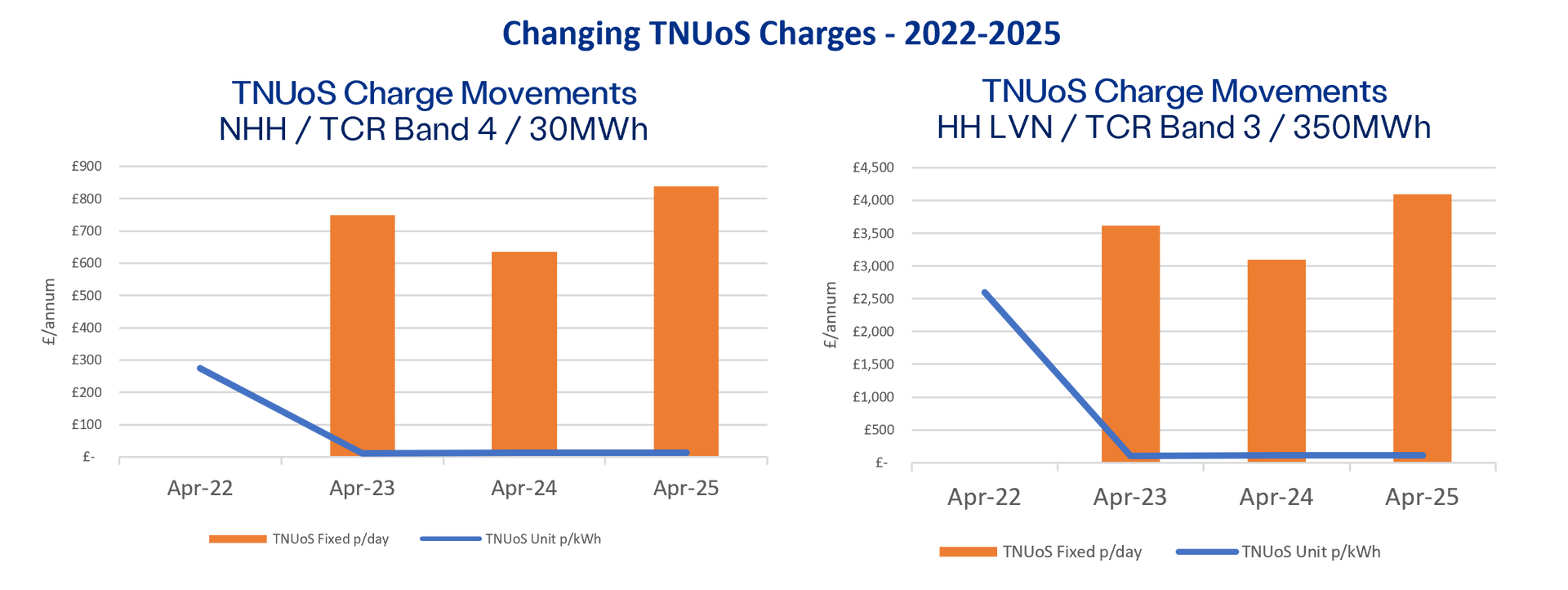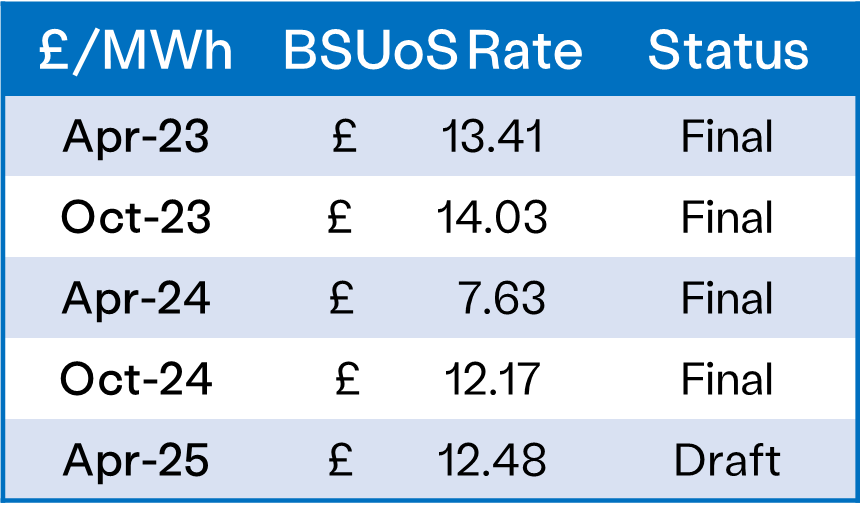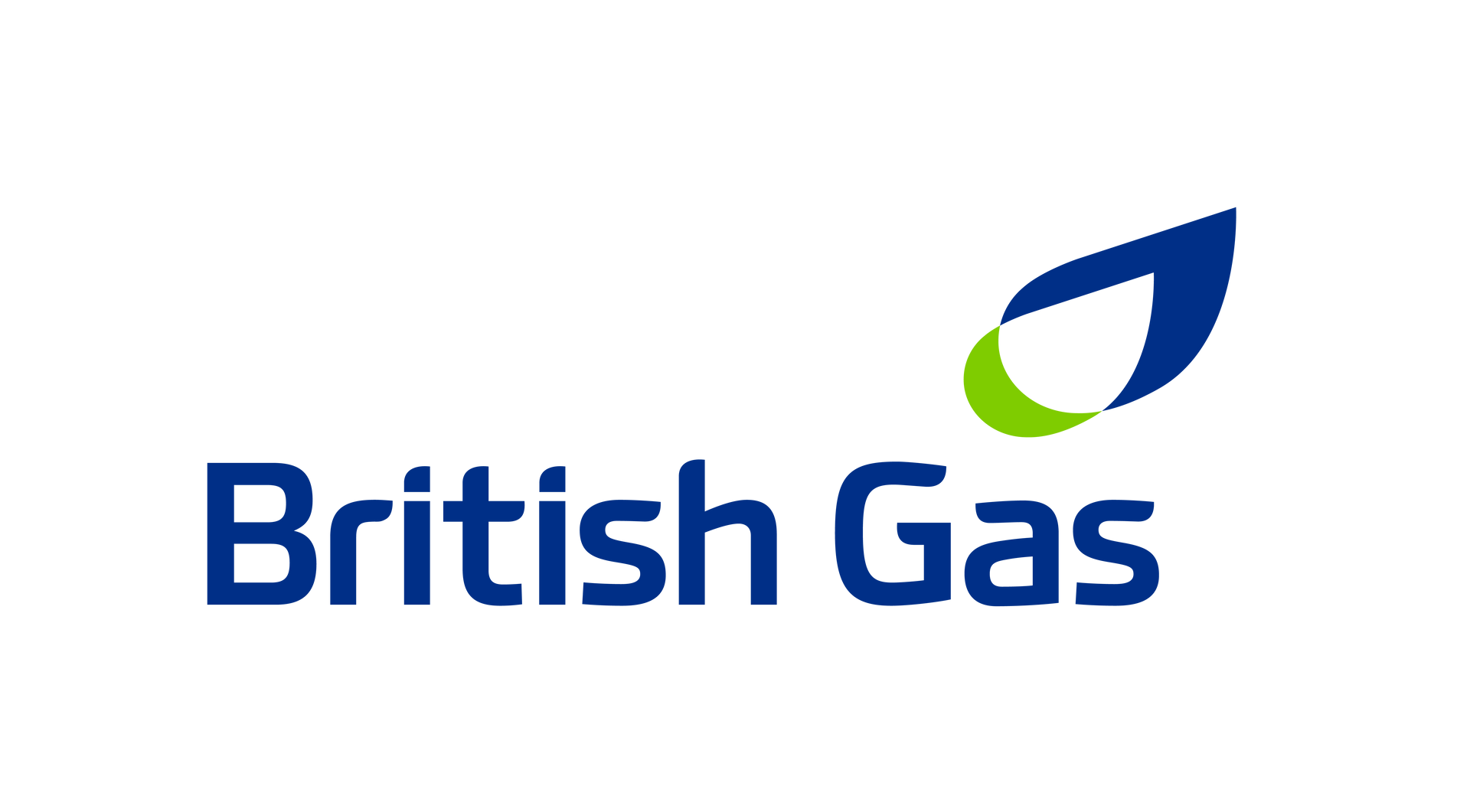
Third party costs update and outlook
A customer’s energy bill is made up of much more than just the cost of the raw energy and supplier costs – indeed these typically make up only half of a typical energy bill (1).
The remainder of the bill is made up of a wide range of cost components that directly pay towards the maintenance, security and development of the energy infrastructure that is essential to delivering energy to customers’ homes and businesses.
These costs are known as third party costs (TPC) or non-commodity, or non-energy charges.
These charges can broadly be split into two categories:
Network Charges
- These charges are levied by the network operators for the maintenance, development and balancing of the electricity and gas networks.
- The charges can be split out by Distribution, Transmission and Balancing (electricity only) charges and are recovered via consumption-based, fixed and capacity charges.
Policy Costs
- These are charges introduced by the government to help support and subsidise the transition towards low carbon generation and the challenges this creates.
- These include charges that encourage the development of low carbon generation (Renewable Obligation, Contract-for-Difference FiTs (both large scale generation) and Feed-in-Tariffs (small scale), as well as the Capacity Market scheme, that was set up to ensure adequate flexible generation capacity is available at times of peak demand or low supply.
Each charge varies greatly in terms of what drives the level of cost, when the charges are published and how they are recovered.
The networks are closely regulated by Ofgem and as such there is much more transparency around how they are calculated and more notice and certainty around publication of final rates.
Whereas with policy costs depending on the mechanisms involved the final rate may not been fully known till after the charging year is over.
Subsequently for fixed price contracts, depending on the start date and duration of a contract, a large proportion of your non-commodity charges can be based on rates forecasted by the supplier.

Electricity Third Party costs going forward
Even with greater near-term certainty around network charges, there will always be uncertainty about third party costs further out. The main factors that determine future third party costs are the wholesale energy prices, inflation and political uncertainty.
As the graph shows below, even with energy prices and inflation starting to return to normal, third party costs are still expected to increase steadily in the years ahead (1).

Let's take a look at some significant updates to third party costs over the last quarter:
Distribution Use of System (DUoS)
DUoS charges represent a significant component of non-commodity costs for businesses. DUoS refers to the charges levied on electricity consumers for the use of the distribution network, in this case, the infrastructure responsible for the delivery of electricity from the national grid to homes and businesses.
DUoS charges are published 18 months in advance of the charging year, and as such the 2025/26 final rates for DUoS have now been released.
Fixed charges have increased significantly in 2024/25 due to increased residual costs, but in subsequent years a change in modelling will result in falling fixed charges offset by increased consumption based charges.

Transmission Network Use of System (TNUoS)
TNUoS charges are a cost to transmission connected generators and suppliers. These charges cover the cost of installing and maintaining the transmission system in the UK and offshore (16).
National Grid ESO has issued the Final TNUoS Tariff for 2024/2025 which saw a slight reduction on the published draft rate and around a 10% reduction on 2023/24 rates.

Balancing Services Use of System (BSUoS)
BSUoS charges are set up to recover the costs of balancing the system. This means the real time balancing of supply and demand on the electricity grid. It takes into consideration, generation imbalance, unforeseen outages and system constraints.
April 2023 saw two significant changes to the BSUoS charge:
- CMP308 – the cost of BSUoS moved from being equally shared between generators and suppliers to suppliers only, effectively doubling the level of the BSUoS charge for consumers.
- CMP361 – introduction of ex ante fixed BSUoS rates for 6 monthly periods, published 9 months in advance, providing greater certainty for suppliers around BSUoS rates.
- The table to the right shows the published BSUoS rates to date, though it is important to note that if BSUoS costs exceeds the published rates for the period by a set tolerance, then National Grid are entitled to ‘re-open’ the rate to ensure they recover cover. As a result, some suppliers are still applying their own forecasted rates to mitigate the risk of this eventuality.
There have been no fixed tariff rates published since the last quarterly report. The summer 2025 rate is due to be published in June this year.

Market Wide Half-Hourly Settlement (MHHS)
Arguably the biggest change to the electricity market and systems since the sector was privatised, MHHS will be a key enabler of the transition to a smarter, more flexible energy system.
Not only will it allow for faster and more accurate settlement processes, it will facilitate new products and services that can maximise the benefits of a smarter energy system, such as time of use tariffs.
All industry players are working hard to prepare themselves for the impacts of MHHS which is currently expected to land in early 2026. The direct customer impact is likely to be minimal from a price perspective, with a small increase in standing charges expected to reflect increased data handling costs.
We will provide more detail around the timescales, impacts and supplier plans for MHHS in future editions of this report.
For more information on MHHS, visit the below websites.
Overview of the Market-wide Half Hourly Settlement programme - Elexon BSC
Sources:
1)Proprietary data: third party costs (also known as non-commodity costs) are based on portfolio averages for SMEs over the Oct 24-Sep 25 period. Excludes taxes, operating expenses, margins and broker fees.
